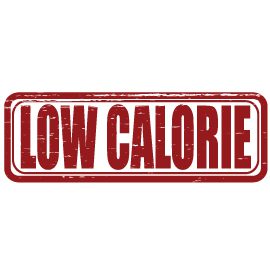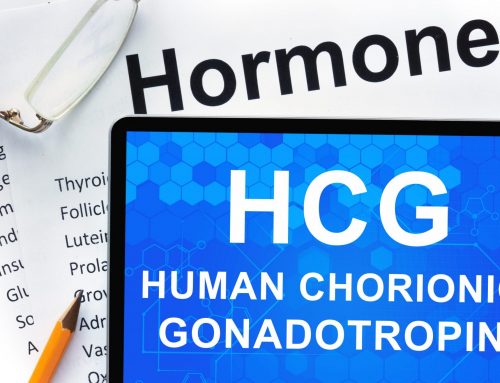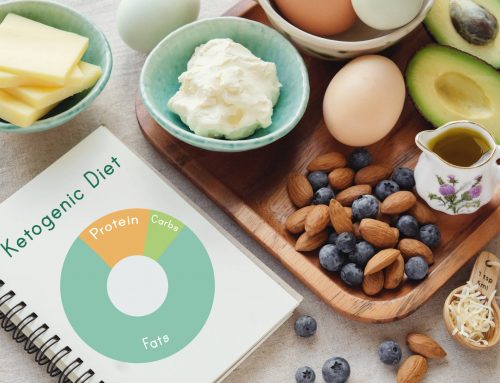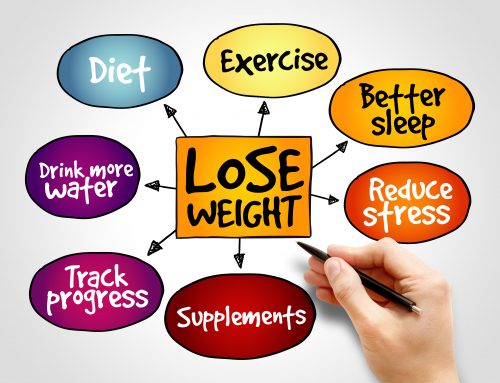 You’ve heard it over and over again: the secret to weight loss* is to take in fewer calories than you burn. That means you have to eat fewer calories, burn more calories through exercise, or do a little of both. For many people, eating fewer calories is difficult because diets leave them feeling hungry and unsatisfied. But what if there was a way to eat fewer calories without eating less food?
You’ve heard it over and over again: the secret to weight loss* is to take in fewer calories than you burn. That means you have to eat fewer calories, burn more calories through exercise, or do a little of both. For many people, eating fewer calories is difficult because diets leave them feeling hungry and unsatisfied. But what if there was a way to eat fewer calories without eating less food?
Eat more and lose weight! It sounds like a too-good-to-be-true diet gimmick, but it works if you understand one concept—calorie density.
What is Calorie Density?
Calorie density, also known as energy density, refers to how many calories are contained within a specific volume of food. Some foods are very dense, which means they contain more calories per bite than less-dense foods. For example, one cup of peeled, sliced apples contains 65 calories. On the other hand, one cup of regular vanilla ice cream contains about 270 calories. You’re putting the exact same amount of food in your stomach, but taking in more than four times as many calories if you eat the one cup of ice cream.
The volume of food that you eat, more than the calorie content, affects how full you feel. That’s why it’s possible to eat one cup of low-calorie apples and feel just as full as you would after eating one cup of ice cream. Eating foods that have a low calorie density allows you to cut your calories without feeling hungry.
Which foods have low calorie density?
Calorie density is determined by how much water, protein, carbohydrates, fat, and fiber a food contains.
- Water. The more water a food contains, the lower the calorie density will be. Fruits and vegetables tend to be naturally low in calories because they contain a large percentage of water. Dehydrated fruits and vegetables have a higher calorie density than raw foods because much of the water has been removed.
- Protein, Carbs, and Fats. Protein and carbohydrates contain only 4 calories per gram compared to the 9 calories per gram contained in fats. Filling up on foods that contain mostly protein or carbohydrates will allow you to consume fewer calories than a diet that’s high in fat.
- Fiber. Although technically a carbohydrate, fiber only contains 2 calories per gram. Eating foods that are naturally high in fiber will help you feel full while cutting calories. Fiber also helps to regulate your blood sugar levels, so you’ll feel full for longer.
During your medical weight loss* program, it is important that you are knowledgeable about what you are eating and how it will affect your weight loss* journey. Understanding calorie density is another way to make healthy and positive food choices for your overall weight loss* and wellness.








Leave A Comment